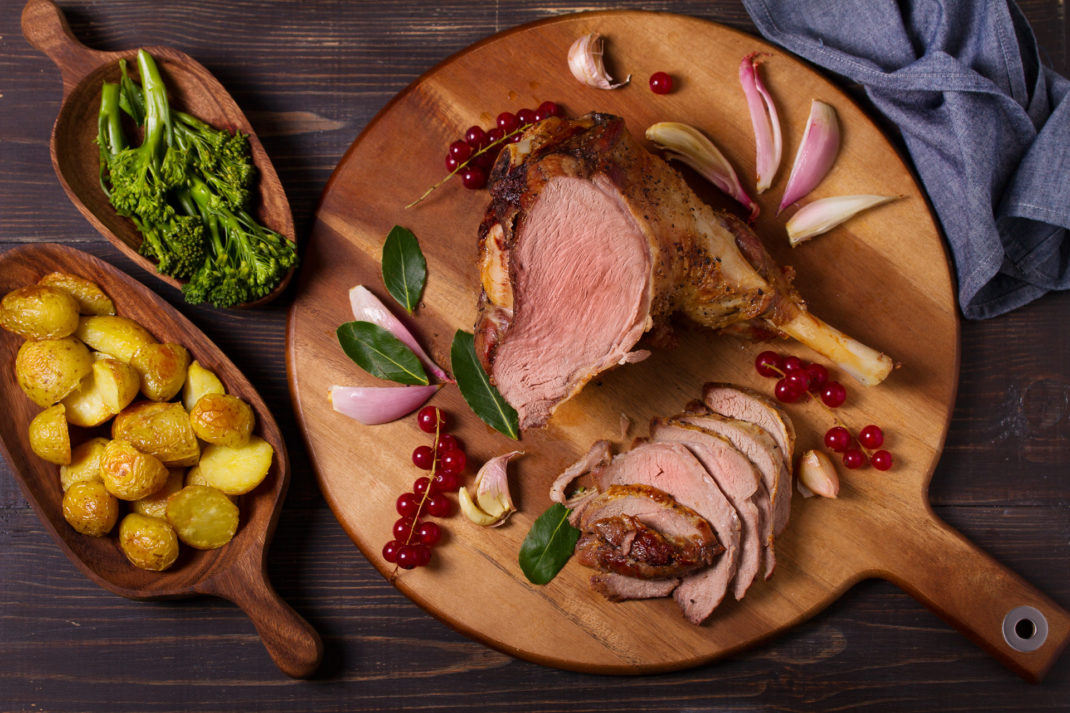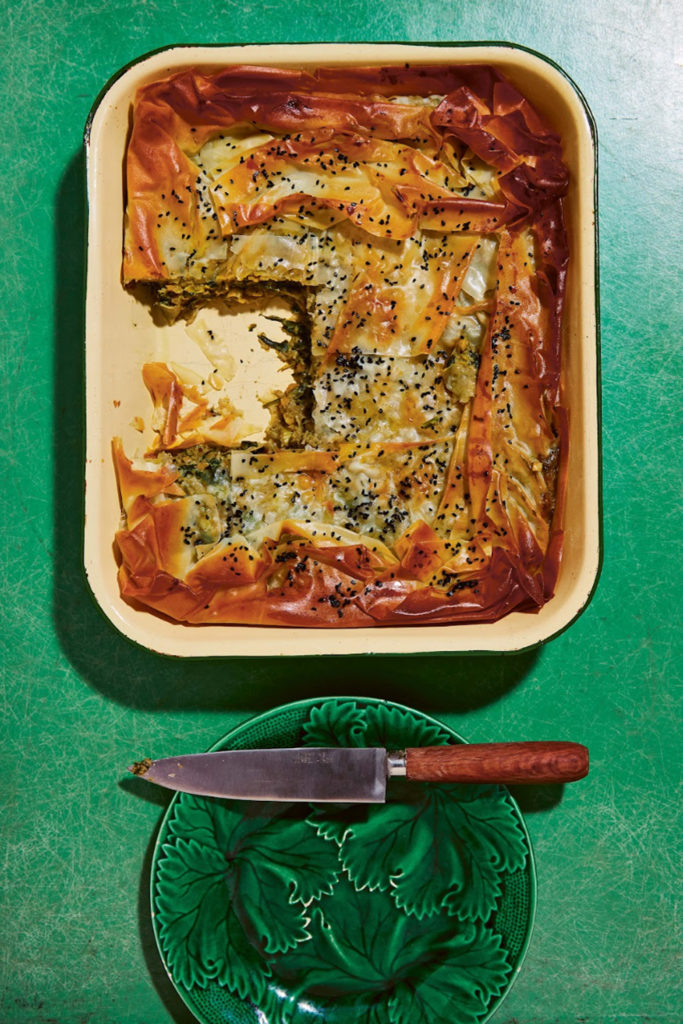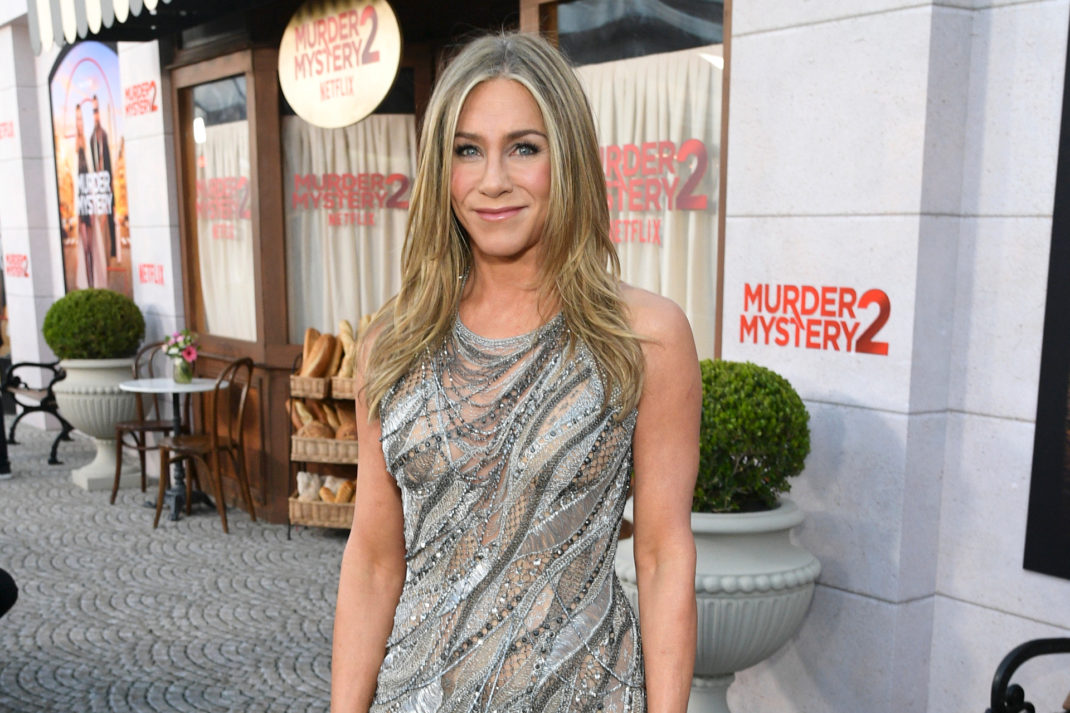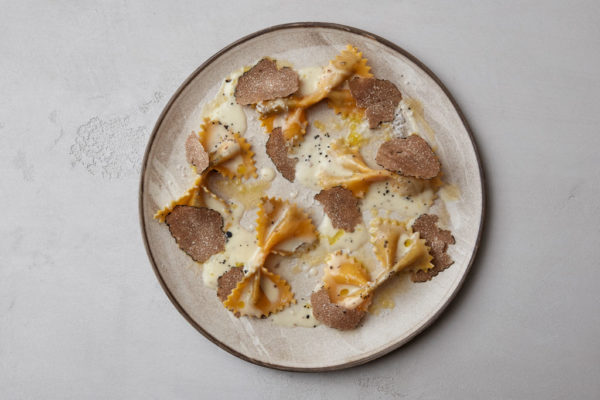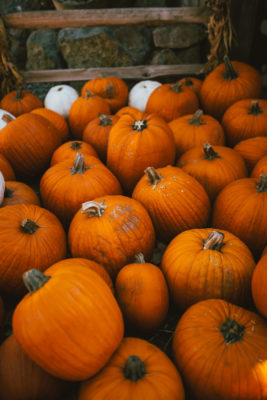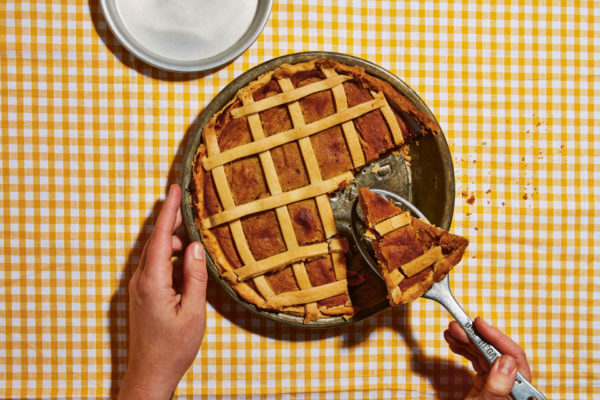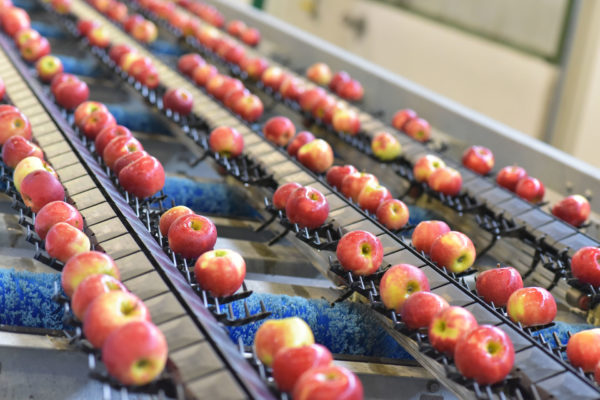Recipe: This Delicious Mood-Boosting Dish Keeps SAD At Bay
By
1 year ago
A tasty Thai curry backed by science
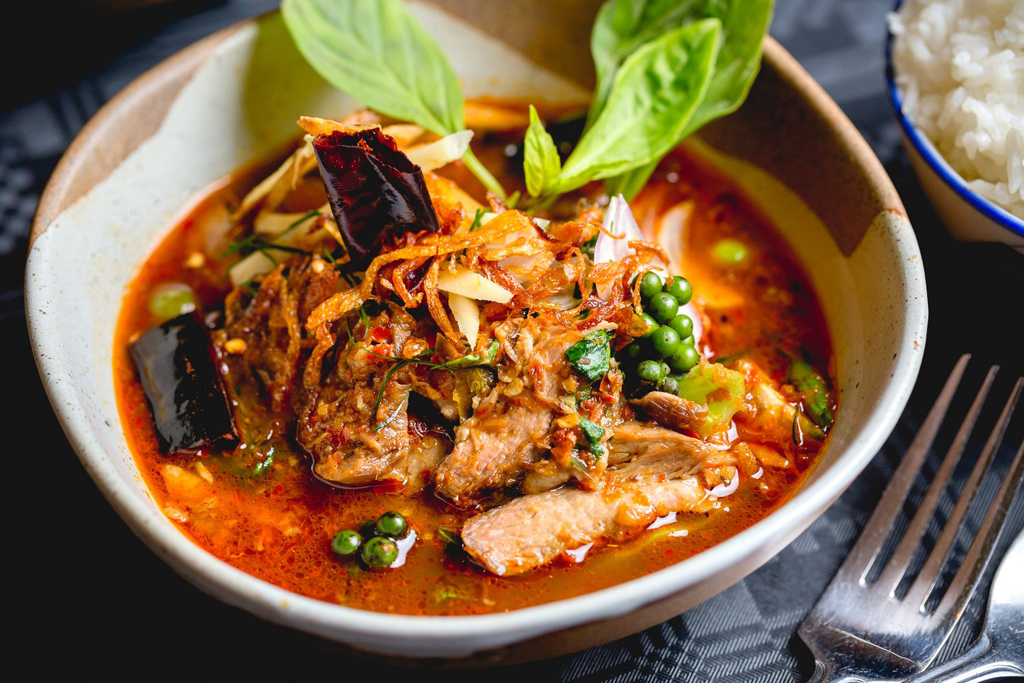
In need of a mood-booster? The clocks have gone back, meaning Seasonal Affective Disorder (SAD) is right on the horizon for the one in three Brits who experience it. Get a taste of this: we have the inside scoop from Michelin award-winning chef Sebby Holmes, who harnesses the power of good food to boost mood, including ingredients proven to help battle anxiety and depression. Here’s how to make it.
Mood-Boosting Food For Seasonal Affective Disorder (SAD)
What Is Seasonal Affective Disorder?
Seasonal Affective Disorder (AKA SAD) is a type of depression with a seasonal pattern, with symptoms lasting around four to five months every year, beginning in late autumn to early winter as summer fades, the air cools, and long nights stretch on. The specific cause of SAD is unknown, but the working belief is that the reduced levels of sunlight disrupt the body’s internal clock, leading to feelings of depression.
Severity varies, but one in three Brits report experiencing SAD, whether that’s experiencing feelings of sadness, hopelessness or worthlessness, feelings of irritability or agitation, losing interest or pleasure in activities, feeling overly fatigued or oversleeping (or the opposite – struggling to sleep), or even over- or under-eating.
We’re often recommended SAD lamps to battle winter’s reduced daylight hours with artificial light. It’s thought that the shining vibrance from these lamps triggers a chemical change in the brain, lifting your mood and easing SAD symptoms. Other treatments include medication, talking therapy, and taking vitamin D supplements. But did you know that food can also boost your mood? Chef Sebby Holmes (the mastermind behind London Thai restaurant Farang and food brand PAYST) recommends the use of heat, vibrant colours and lean protein to scientifically lift your mood with your dinner. Keep your mind happy and healthy with this mood-boosting recipe.
Sebby Holmes’ Mood-Boosting Recipe

Ingredients
Serves 2 / gluten free
- 1 pot Payst jungle curry
- 2 tbsp vegetable oil
- 2 tbsp coriander roots, washed and finely chopped
- 4 garlic cloves, peeled
- 2 tbsp wild ginger, krachai or regular ginger, peeled and roughly chopped
- ½ tbsp coarse sea salt
- 200g beef cheek, trimmed (any slow cook beef can be used)
- 2 whole stick lemongrasses, bruised in a pestle
- 20g galangal, bruised in a pestle
- 4 kaffir lime leaves, torn slightly to release flavour
- 2 tbsp table salt
- 1 whole garlic head, sliced in two across the cloves
- 4 banana shallots, chopped in half
- 1 tbsp caster sugar
- 2 tbsp fish sauce
- 10g hot mint/Vietnamese mint (optional)
- 10g betel leaves (optional, spinach can be used instead)
- 10g coriander
- 10g Thai sweet basil
- 10g fresh curry leaves
- 30g new potatoes, chopped in half
- 30g green beans
- 1 head pak choi, core removed and chopped into bite sized pieces
- Fresh chillies to taste
Method
- Firstly, braise the beef cheeks. In a large oven proof pan, submerge the beef cheeks in water and then add the lemongrass sticks, bruised galangal, lime leaves, banana shallots, table salt and whole garlic. Cover the surface of the liquid with parchment paper and the pan with tin foil to protect from the direct heat of the oven and then cook in a pre-heated oven at 100 degrees centigrade for 8 hours, this is best cooked overnight. Check the beef cheeks before removing from the oven – they should easily be chopped with a spoon with tenderness. When cooked, remove from the oven and leave to one side to use immediately.
- In the meantime, cook out the paste. When cooking a jungle curry, it is fried in two stages and then boiled for depth of flavour. To start, pound the coriander root, wild ginger and garlic cloves to a paste, using the sea salt as an abrasive.
- Next heat the vegetable oil in a wok or non-stick pan, and then proceed to fry out the paste, scraping and stirring constantly. When the paste begins to darken slightly, add the jungle curry paste and continue to cook out the paste, making sure it doesn’t stick and burn. At this point, add the kaffir lime leaves and the lemongrass from the beef braising stock. Continue to fry the paste until it begins to darken in colour, and then add the sugar and fry for a further minute until the sugar has caramelised and the paste has darkened a little more.
- Next, deglaze the pan with the fish sauce and 300 ml of beef braising stock, and bring to a simmer. Once simmering, add the potatoes and continue to simmer for 10 minutes until the potatoes are beginning to soften. At this point, add the pak choi, green beans and beef cheeks, and use a little more braising stock if needed. Then continue to simmer until all ingredients are softened and edible.
- Lastly, add all the herbs and gently toss them through the hot curry, then serve immediately. The curry should be loose yet rich and spicy with a salty edge. Serve the beef cheek jungle curry in bowls with steamed jasmine rice. Top with crispy garlic, shallots and fresh chillies if you like.
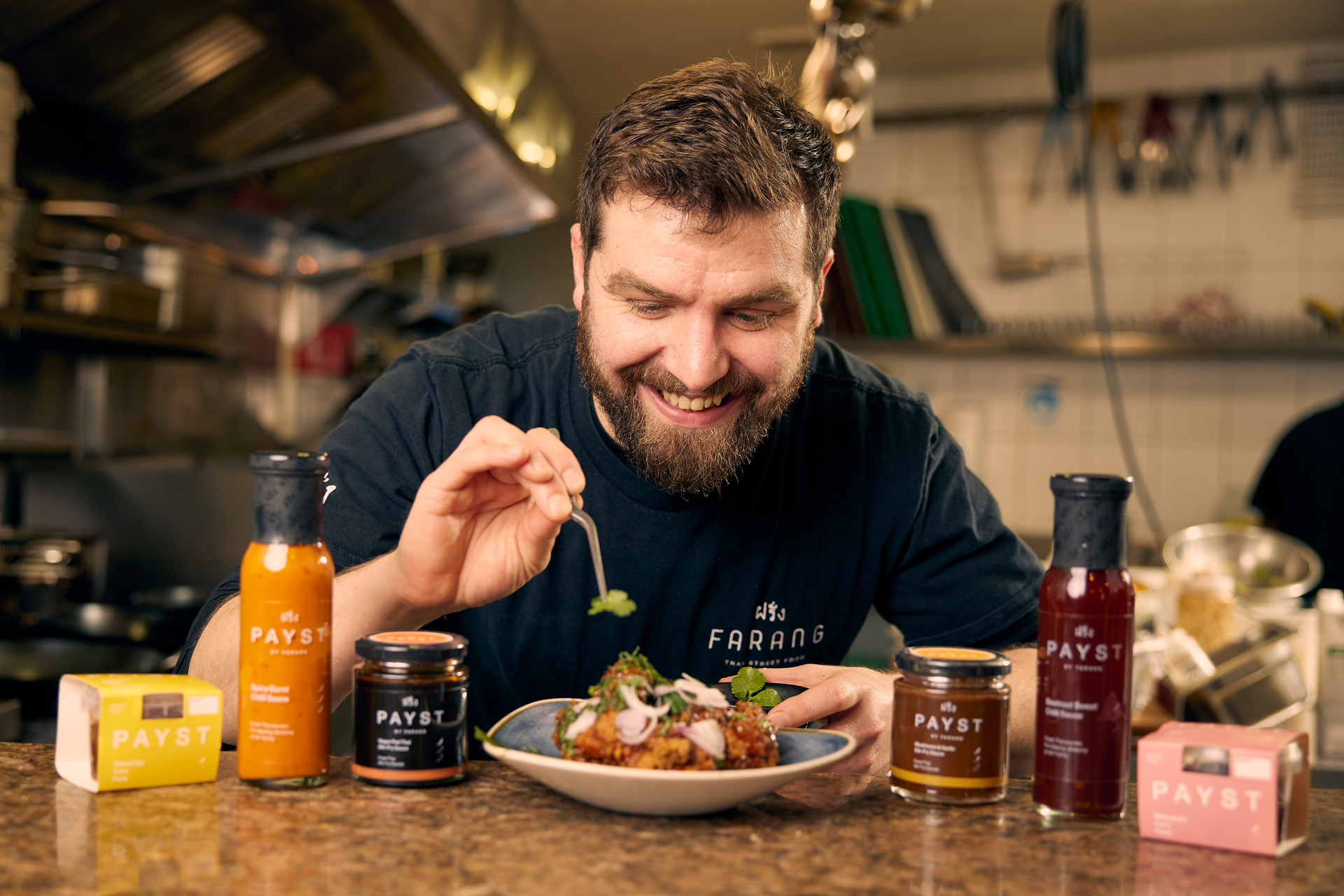
Chef Sebby Holmes
Why Does It Work?
This delicious dish combines three mood-boosting factors: heat, colour and lean protein.
Heat
Even a whiff of ginger can improve your mood, according to studies. And no Thai curry would complete without a healthy amount of ginger and garlic. In Sebby’s dish, though, it’s the fresh chillies that really pack a punch. Capsaicin, a chemical compound found in chillies, triggers the release of endorphins that can boost your mood, and may even reduce stress and anxiety. Increase the heat levels to give yourself an extra boost, and to keep warm when the cold weather kicks in.
Colour
Our brains respond to colour by stimulating glands which regulate hormones, including serotonin, Sebby explains. Research has shown that bright colours can trigger the release of serotonin, which is responsible for making us feel happy and satisfied. The bright reds of Sebby’s Jungle Curry signal excitement to the brain, while orange and yellow hues are the feel-good colours of the rainbow, eliciting feelings of happiness, optimism and hope.
Lean Protein
It’s no secret that protein is vital for a balanced diet. According to mental health charity Mind, diets high in protein can support your mental health. Protein contains amino acids which your brain needs to produce neurotransmitters, which help regulate thoughts and feelings. Beef cheek is inexpensive and packed with protein, and works perfectly in the Jungle Curry.

